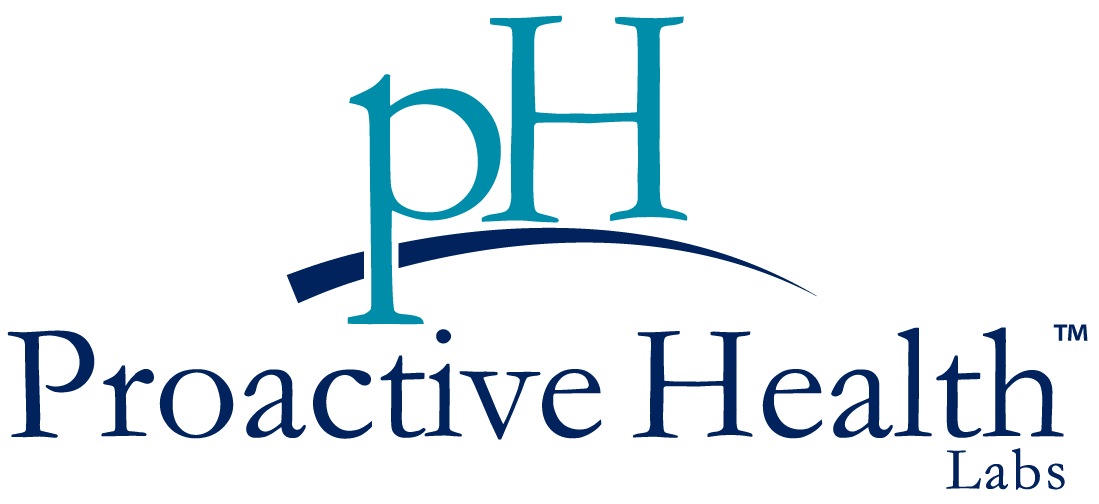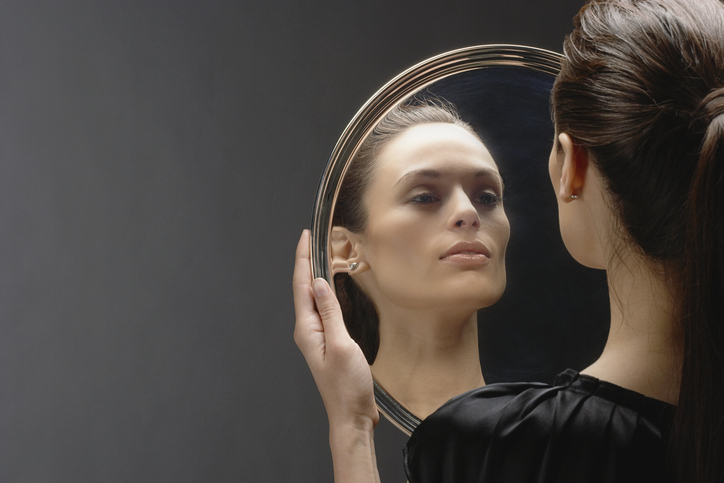Breaking Free: How to Recognize and Change Your Limiting Beliefs
2 months ago | Proactive Health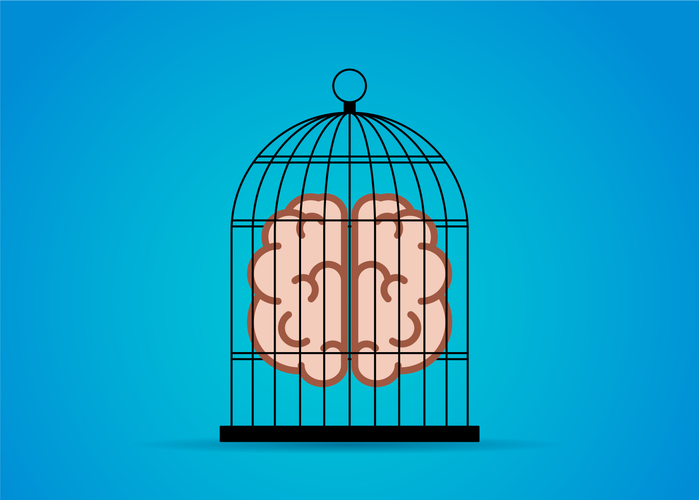
By Joy Stephenson-Laws, Holistic Coach, J.D., Founder
Have you ever felt like something inside you is holding you back — even when you really want to succeed?
You’re not imagining it. That “something” could be limiting beliefs.
Let’s dive into what they are, why they matter, and how you can change them to live a fuller, freer life.
What Are Limiting BeliefsLimiting beliefs are thoughts or ideas that you believe are true, but that actually hold you back.
They create invisible walls around what you think is possible for yourself.
These beliefs often start when we’re young.
They can come from:
- Family
- School experiences
- Friends
- Society
- Past failures

Over time, these beliefs can become so automatic that we don't even realize they're there — shaping our decisions, actions, and even our dreams.
Simple definition: A limiting belief is a thought that tells you "I can't" — even when you could.
Examples of Limiting BeliefsHere are some common examples:
- “I’m not smart enough to get good grades.”
- “People won’t like me if I’m my true self.”
- “Success is only for lucky people, not me.”
- “I always mess things up, so why try?”
- “If I fail, it means I'm a failure.”
Notice how absolute and final these statements sound?
Limiting beliefs often use words like always, never, and can't.
How Do You Recognize Your Limiting Beliefs?
The tricky thing is that limiting beliefs often hide under feelings like fear, frustration, or self-doubt.
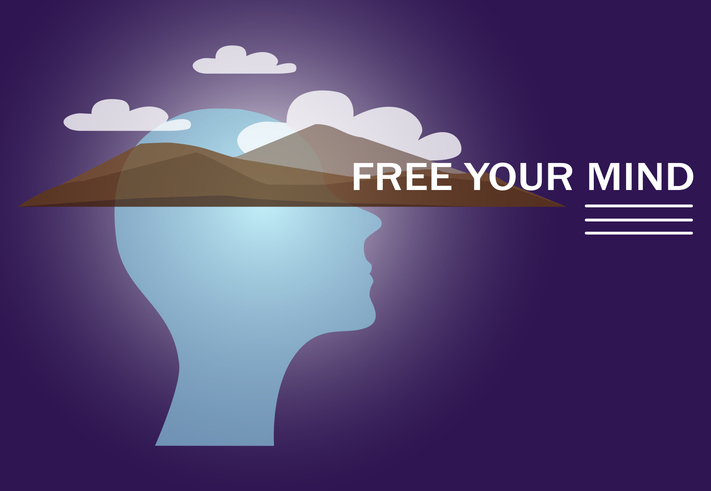
Here’s how to spot them:
1. Listen to Your Self-Talk
Self-talk is the voice inside your head.
Ask yourself:
- Are my thoughts encouraging or discouraging?
- Do I talk myself out of trying new things?
If your thoughts are mostly negative, you might be stuck in a limiting belief.
2. Notice Where You Feel Stuck
Are there goals you want to reach, but you keep quitting or avoiding them?
Examples:
- You want to join the soccer team but feel sure you’ll never make it.
- You dream of acting in a play but tell yourself you're too shy.
Feeling stuck is often a sign that a limiting belief is quietly blocking you.
3. Look for Patterns
Limiting beliefs often show up in patterns:
- Always doubting yourself before tests
- Always feeling you’re "not enough" around certain people
- Always quitting when things get hard
The more you see the pattern, the easier it becomes to recognize the belief behind it.
The Science Behind Limiting Beliefs
Research shows that what we believe literally shapes our brain and our experiences.
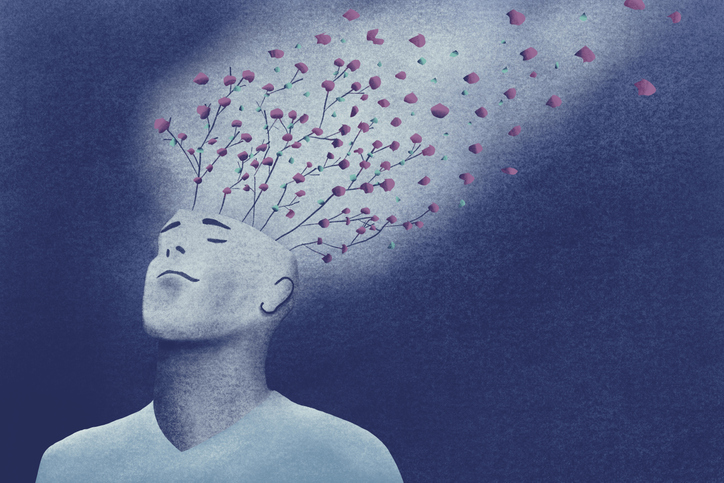
Neuroplasticity
Neuroplasticity means that your brain can change and grow based on what you think, learn, and do.
According to a 2020 article from the Frontiers in Psychology journal, our thoughts and beliefs create patterns in the brain — but those patterns are not permanent. (Frontiers in Psychology, 2020)
That means if you change your belief, you can actually rewire your brain!
Growth Mindset
Psychologist Carol Dweck's research — supported by newer studies like "Mindsets and the Development of Resilience" (2021, Current Opinion in Behavioral Sciences) — shows that believing you can grow through effort (called a growth mindset) leads to better success in school, sports, and life.
(Current Opinion in Behavioral Sciences, 2021)
In other words:
What you believe about yourself matters. A lot.
How to Change Your Limiting Beliefs
Now the exciting part: You can change them!
Here’s a step-by-step guide:
1. Catch the Belief
First, notice when you say something like:
- "I'm bad at this."
- "I can't."
- "It's impossible for me."
Write it down.
Naming the belief is the first step to breaking its power.
2. Question the Belief
Ask yourself:
- Is this really true?
- Has anyone like me ever done this successfully?
- Where did I even learn this belief?
Most limiting beliefs fall apart under simple questioning.
3. Flip the Belief
Create a new, empowering thought.
Examples:
- Old: "I'm terrible at public speaking."
- New: "I can get better at speaking with practice."
- Old: "I'll never be good at math."
New: "I can learn math if I work at it."
It’s important that your new belief feels possible, even if it doesn’t feel 100% natural yet.
4. Take Small Steps
Prove the new belief to yourself with action:
- If you believe "I can get better at public speaking," try raising your hand once in class.
- If you believe "I can learn math," spend 10 extra minutes a day practicing.
Small wins add up and build your confidence over time.
5. Visualize Your Success
Scientists found in a 2020 study (Neuroscience Letters) that visualization (mentally picturing success) activates the same parts of the brain as actually doing the activity. (Neuroscience Letters, 2020)
Spend a few minutes each day imagining yourself succeeding.
Feel what it would feel like.
This helps retrain your brain to expect success, not failure.
Real-Life Example: Mia's Story
Mia loved drawing but believed she wasn’t “good enough” to be a real artist.
Her classmates were talented, and Mia compared herself to them constantly.
One day, she realized that her belief — "I'm not good enough" — was based on fear, not fact.
Mia decided to flip her belief:
Instead of thinking “I’m not good enough,” she started saying, “I can improve with practice.”
She took a small step: joining an art class at her local library.
Within six months, Mia’s skills grew so much that her drawings were featured in a community show!
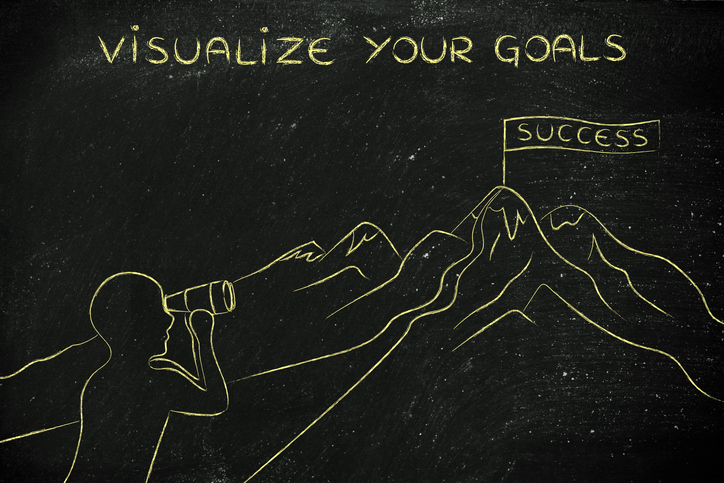
Key Takeaways
- Limiting beliefs are thoughts that hold you back.
- You can recognize them by listening to your self-talk, noticing where you feel stuck, and spotting patterns.
- Science shows your brain can change — you are never "stuck" permanently.
- You can change limiting beliefs by catching them, questioning them, flipping them, taking small steps, and visualizing success.
Final Thought
You are far more powerful than any limiting belief you have.
Those beliefs are not who you are — they’re just old thoughts.
And you have the ability to change them, one thought at a time.
Remember:
"Your beliefs don't define you. Your actions do."
Disclaimer: This article is not intended to provide medical advice. Please consult with your doctor or another competent healthcare practitioner to get specific medical advice for your situation.
The pH professional health care team includes recognized experts from a variety of health care and related disciplines, including physicians, attorneys, nutritionists, nurses, and certified fitness instructors. This team also includes the members of the pH Medical Advisory Board, which constantly monitors all pH programs, products, and services. To learn more about the pH Medical Advisory Board, click here.
